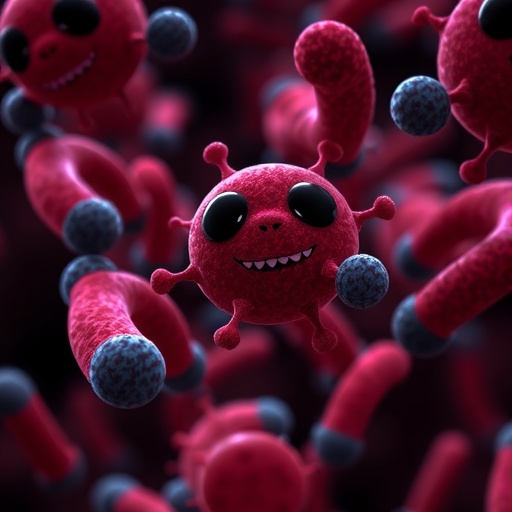SALT LAKE CITY- Huntsman Cancer Institute (HCI) and the University of Utah (U of U) will receive up to $28 million over the next 10 years from the National Cancer Institute (NCI) to continue its participation in the NCI's Surveillance Epidemiology and End Results (SEER) program, if all contract options are exercised. The work is conducted through the Utah Cancer Registry (UCR) at the U of U, in collaboration with the Utah Department of Health.
The UCR is one of the original NCI SEER Cancer Registries with data collection efforts that span more than four decades. The goal of the registry is to provide high-quality data on all cancer patients diagnosed or treated in Utah. The SEER program collectively gathers data from 16 population-based cancer registries across the nation, covering over 34% of the U. S. population. There are plans underway to expand data collection to eventually include detailed treatment data, information about cancer recurrence, and diagnostic genomic data. These new initiatives will foster research that could ultimately help prevent cancer and prolong the lives of those diagnosed with the disease.
"The work that the SEER registry does is particularly valuable because it systematically tracks cancer occurrences and deaths in such a large area of the United States," said Jennifer A. Doherty, MS, PhD, UCR executive director, HCI cancer researcher, and associate professor of population health sciences at the U of U. "The SEER infrastructure provides the backbone for impactful cancer research, particularly for rare cancer types and to understand cancer patterns across racial and ethnic groups."
As one of the NCI SEER registries, HCI is part of a large-scale initiative to understand the complexities of cancer. "The collaboration between the UCR and SEER registry is a stellar example of a broad community effort in cancer research. We are proud of the impact the registry has had and continues to expand upon," said Cornelia Ulrich, PhD, director of HCI's comprehensive cancer center and professor of population health sciences at the U of U.
The data the UCR collects through the SEER program is a rich resource for cancer research. The value of Utah's SEER registry is amplified through sophisticated work to combine these data with computerized Utah genealogy data via the Utah Population Database, managed by HCI. Collectively, these data comprise a powerful resource for identifying high-risk cancer families, according to Lisa Cannon-Albright, PhD, HCI investigator and professor of internal medicine at the U of U. "This unique resource has been used for decades to recruit and study pedigrees and has directly assisted the identification of several cancer predisposition genes, including BRCA1, BRCA2, CDKN2A, and GOLM1," says said Cannon-Albright.
"This is a very competitive award, and it recognizes the high quality of work our staff is doing. This work is intense, and the staff must be extremely detail oriented," said Carol Sweeney, PhD, HCI cancer researcher, professor of internal medicine at the U of U, and a member of the UCR team.
###
The UCR was founded in 1966 by Charles Smart, MD, and benefits from data provided by Intermountain Healthcare and many other Utah hospitals and laboratories. The information contributed by UCR captures people all over the state, including those who live in rural and frontier communities, which reflects Utah's geographical makeup. Thus the data are essential for understanding cancer trends and for evaluating the impact of cancer control programs throughout the state.
This project has been funded in whole or in part with Federal funds from the NCI, National Institutes of Health, Department of Health and Human Services, under Contract No. HHSN261201800016I.
About Huntsman Cancer Institute at the University of Utah
Huntsman Cancer Institute (HCI) at the University of Utah is the official cancer center of Utah. The cancer campus includes a state-of-the-art cancer specialty hospital as well as two buildings dedicated to cancer research. HCI treats patients with all forms of cancer and is recognized among the best cancer hospitals in the country by U.S. News and World Report. As the only National Cancer Institute (NCI)-Designated Comprehensive Cancer Center in the Mountain West, HCI serves the largest geographic region in the country, drawing patients from Utah, Nevada, Idaho, Wyoming, and Montana. More genes for inherited cancers have been discovered at HCI than at any other cancer center in the world, including genes responsible for hereditary breast, ovarian, colon, head, and neck cancers, along with melanoma. HCI manages the Utah Population Database, the largest genetic database in the world, with information on more than 11 million people linked to genealogies, health records, and vital statistics. HCI was founded by Jon M. and Karen Huntsman.
Media Contact
Amie Parker
[email protected]
801-213-5755
http://www.huntsmancancer.org





